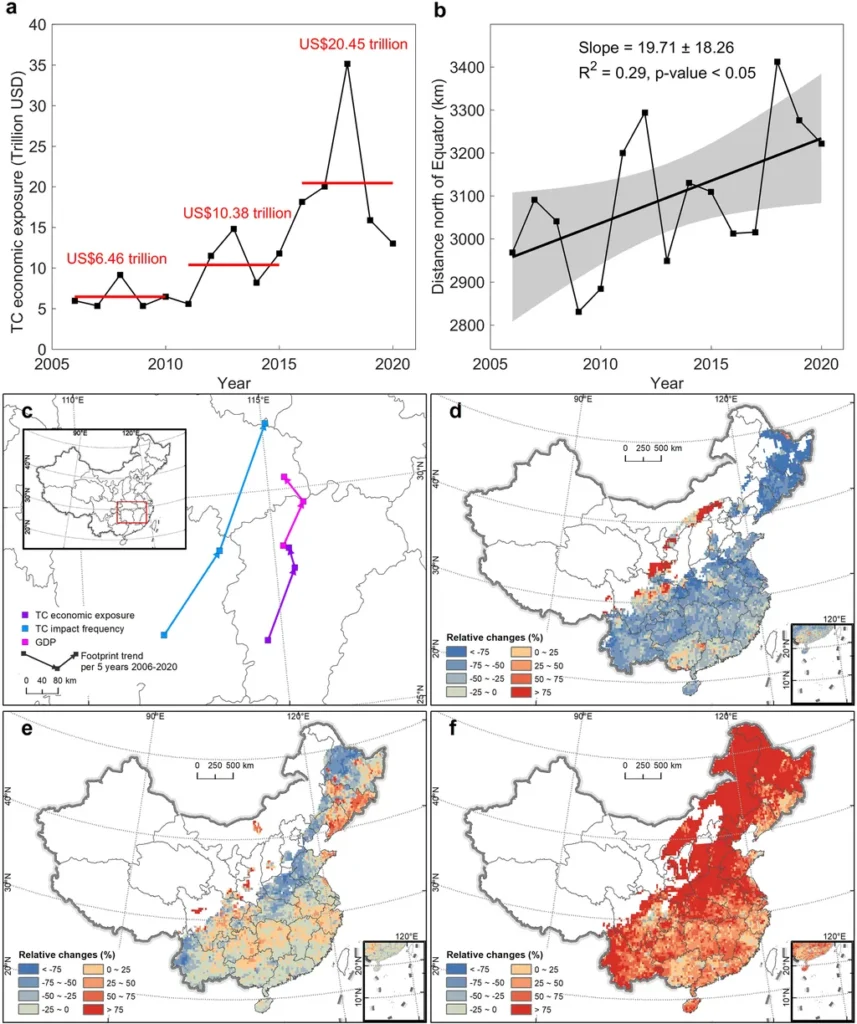In the face of increasingly frequent extreme weather events, the stability of our power grids is under threat. A recent study published in Energies, led by Lu Shen from the State Grid Nanjing Power Supply Company, offers a innovative approach to tackle this challenge, with significant implications for the energy sector.
As global temperatures rise, so does the occurrence of extreme weather events, such as cold waves. These events can lead to a sudden drop in renewable energy output and a surge in demand, potentially causing short-term power shortages. This is where resilient resources, like electric vehicles (EVs) and microgrids (MGs), come into play.
Shen and his team have developed a two-layer optimal dispatch model for distribution grids that leverages these resilient resources to enhance grid stability and promote the consumption of new energy. “The integration of EVs and MGs into the grid can significantly improve our ability to respond to demand fluctuations,” Shen explains. “This is particularly crucial during extreme weather events when the grid is under stress.”
The first layer of the model focuses on minimizing operation costs, while the second layer aims to maximize the consumption of new energy. To achieve this, the researchers used a convex packet fitting expression based on MGFOR (Microgrid Flexible Operation and Regulation) to characterize the flexible regulation capability of MGs. They also employed Conditional Value at Risk (CVaR) to quantify the uncertainty of wind and solar power generation.
One of the key aspects of this research is the charging and discharging model for EVs during cold waves. By predicting EV load based on user behavioral characteristics, the model can optimize the use of EVs to support the grid. “EVs are not just a mode of transport,” Shen notes. “They can also serve as a valuable resource for the grid, helping to balance supply and demand.”
The potential commercial impacts of this research are substantial. As the number of EVs and MGs continues to grow, so too will their potential to support the grid. This could lead to new business models for energy providers, with EVs and MGs playing a key role in demand response and grid stability services.
Moreover, the two-layer model proposed by Shen and his team could help energy providers to better manage the uncertainty of renewable energy generation. By maximizing the consumption of new energy, the model could also help to reduce carbon emissions and promote the transition to a more sustainable energy system.
The study, published in Energies, which translates to Energies in English, is a significant step forward in the quest for a more resilient and sustainable energy system. As extreme weather events become more frequent, the ability to leverage resilient resources like EVs and MGs will be crucial. This research provides a roadmap for how this can be achieved, with significant benefits for the energy sector and the environment.
As we look to the future, the integration of resilient resources into the grid will be a key focus. This research, led by Shen and his team, is at the forefront of this effort, paving the way for a more stable, sustainable, and resilient energy system. The energy sector would do well to take note and consider how these findings can be applied to their own operations. After all, the future of our energy system depends on our ability to adapt and innovate in the face of a changing climate.

